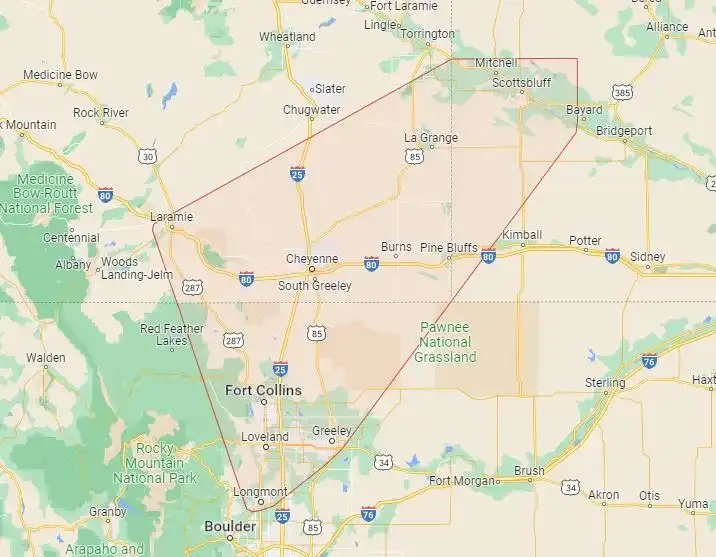Chronic Pancreatitis
 Chronic pancreatitis can cause recurrent bouts of abdominal pain, slow gastric emptying (gastroparesis), diabetes, bile duct obstruction, and gastrointestinal issues related to low levels of pancreatic enzymes. The causes of chronic pancreatitis are numerous and include smoking and alcohol consumption, anatomic variants such as pancreas divisum, trauma to the pancreas, recurrent acute pancreatitis, familial genetic syndromes, and others. Patients who suffer from chronic pancreatitis can find it completely debilitating. It can interfere with their work, personal lives, and even simple daily tasks. Opioid dependence is often associated with chronic pancreatitis and contributes to the poor quality of life of patients suffering from the disease.
Chronic pancreatitis can cause recurrent bouts of abdominal pain, slow gastric emptying (gastroparesis), diabetes, bile duct obstruction, and gastrointestinal issues related to low levels of pancreatic enzymes. The causes of chronic pancreatitis are numerous and include smoking and alcohol consumption, anatomic variants such as pancreas divisum, trauma to the pancreas, recurrent acute pancreatitis, familial genetic syndromes, and others. Patients who suffer from chronic pancreatitis can find it completely debilitating. It can interfere with their work, personal lives, and even simple daily tasks. Opioid dependence is often associated with chronic pancreatitis and contributes to the poor quality of life of patients suffering from the disease.
Chronic inflammation of the pancreas causes the gland to become fibrotic and its function becomes impaired. There are many anatomic variations of chronic pancreatitis and the pattern of disease dictates which treatments may be most beneficial. First and foremost lifestyle changes are necessary to prevent the progression of the disease. Cessation of alcohol consumption and smoking are necessary. Smoking is extremely toxic to the pancreas and is the major risk factor for recurrent acute pancreatitis transforming into chronic pancreatitis and also is a major risk factor for the development of pancreatic cancer.
Endoscopic retrograde cholagiopancre-atograph (ERCP)
This procedure is typically the first intervention for the treatment of chronic pancreatitis. Through ERCP obstructing stones in the pancreatic duct can be removed and narrowed areas in the pancreatic duct (strictures) can be stented. Some patients do not respond or only temporarily respond to ERCP, at which point they are considered for surgery.
Peustow procedure
When the main pancreatic duct is dilated more than 6mm, this procedure is performed. It involves opening the pancreatic duct over the length of the gland and suturing a piece of intestine to the duct so that it drains properly. This procedure can be very successful in select patients and can be performed robotically in a minimally invasive fashion.
Frey Procedure
This procedure is good for patients who have severe inflammation in the head of the pancreas with associated dilation of the main pancreatic duct. It involves coring out the tissue in the head of the pancreas and opening the main pancreatic duct along the length of the gland then sewing a piece of intestine over the cored-out region and the duct to improve drainage.
Whipple Procedure
This procedure is used for patients who have disease localized in the head of the pancreas without associated ductal dilation. It involves removal of the head of the pancreas, lower bile duct, and a portion of the stomach with the first portion of the intestine. It is especially helpful for patients who have associated slow emptying of the stomach (gastroparesis) and/or narrowing of the bile duct.
Distal Pancreatectomy with/without Splenectomy
This procedure is performed in cases where the disease is located in the body or tail of the pancreas. It involves the removal of that portion of the gland. The decision to remove the spleen is made based on whether or not the splenic vein has a clot in it. If the splenic vein is clotted due to the chronic inflammation in that region, the spleen will be removed to prevent gastrointestinal bleeding in the future. This procedure by the pancreatic surgeon can often be performed robotically, so the recovery is short
Before surgery
The steps followed before surgery are:
- An office visit for surgical consultation where a comprehensive history and physical exam is performed.
- Completion of clinical tests for workup and staging.
- Multidisciplinary tumor board review for an expert recommendation regarding treatment strategy.
After surgery
The type of surgical procedure done determines the kind of post-surgery care required. Post care after a surgical operation involves:
- A brief admission to the ICU is sometimes required for complex procedures such as a whipple procedure. Recovery then continues in the hospital ward for another three to five days. Procedures performed robotically typically have a faster recovery and can expect discharge from the hospital one or two days earlier than after open procedures.
- The goals of postoperative care include: monitoring for and intervening on any complications that can occur, awaiting the resumption of normal bowel function, maintaining adequate hydration and nutrition, physical and occupational rehabilitation, and providing adequate pain control. Once these measures are met, the patient will be discharged from the hospital. Post-operative follow-up will be scheduled one week from discharge with Dr. Tierney.


